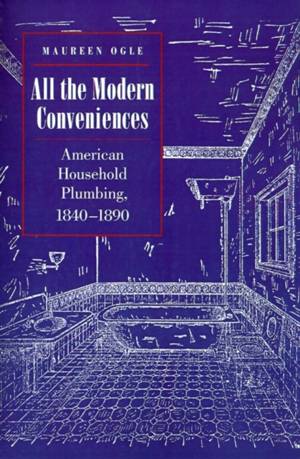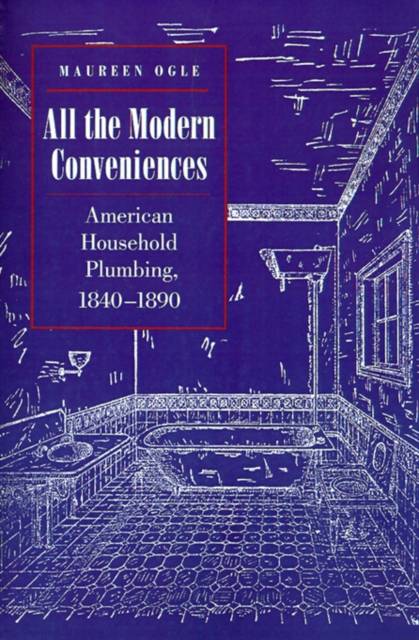
- Retrait gratuit dans votre magasin Club
- 7.000.000 titres dans notre catalogue
- Payer en toute sécurité
- Toujours un magasin près de chez vous
- Retrait gratuit dans votre magasin Club
- 7.000.000 titres dans notre catalogue
- Payer en toute sécurité
- Toujours un magasin près de chez vous
Description
As any American who has traveled abroad knows, the American home contains more, and more elaborate, plumbing than any other in the world. Indeed, Americans are renowned for their obsession with cleanliness. Although plumbing has occupied a central position in American life since the mid-nineteenth century, little scholarly attention has been paid to its history. Now, in All the Modern Conveniences, Maureen Ogle presents a fascinating study that explores the development of household plumbing in nineteenth-century America.
Until 1840, indoor plumbing could be found only in mansions and first-class hotels. Then, in the decade before midcentury, Americans representing a wider range of economic circumstances began to install household plumbing with increasing eagerness. Ogle draws on a wide assortment of contemporary sources--sanitation reports, builders' manuals, fixture catalogues, patent applications, and popular scientific tracts--to show how the demand for plumbing was prompted more by an emerging middle-class culture of convenience, reform, and domestic life than by fears about poor hygiene and inadequate sanitation. She also examines advancements in water-supply and waste-management technology, the architectural considerations these amenities entailed, and the scientific approach to sanitation that began to emerge by century's end.
Spécifications
Parties prenantes
- Auteur(s) :
- Editeur:
Contenu
- Nombre de pages :
- 232
- Langue:
- Anglais
- Collection :
- Tome:
- n° 20
Caractéristiques
- EAN:
- 9780801863707
- Date de parution :
- 01-03-00
- Format:
- Livre broché
- Format numérique:
- Trade paperback (VS)
- Dimensions :
- 153 mm x 229 mm
- Poids :
- 340 g







